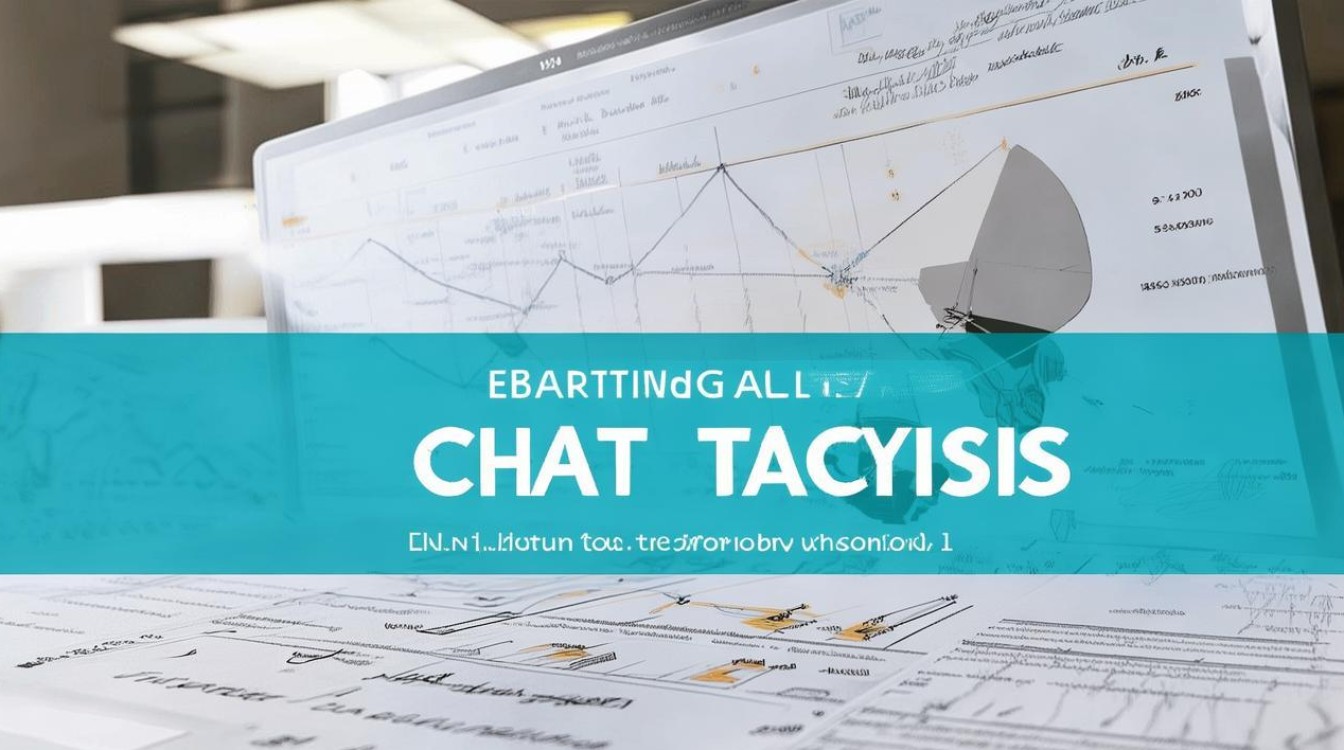雅思写作考试中,小作文(Task 1)要求考生在20分钟内完成一篇150字以上的图表分析报告,无论是线图、柱状图、饼图、表格还是流程图,考生都需要准确描述数据趋势、比较差异或解释流程,本文将详细解析雅思小作文的写作技巧,帮助考生高效备考。

图表类型及写作要点
雅思小作文的图表类型多样,每种图表都有对应的写作策略。
线图(Line Graph)
线图展示数据随时间的变化趋势,写作时应重点关注:
- 趋势描述:上升(increase/rise/climb)、下降(decrease/fall/drop)、波动(fluctuate)、稳定(remain stable)。
- 关键数据点:最高点(peak)、最低点(lowest point)、转折点(turning point)。
- 比较数据:不同线条之间的差异,如“A的增长速度明显快于B”。
示例句式:
- “The number of visitors rose sharply from 200 in 2010 to 800 in 2020.”
- “After reaching a peak of 1,000 in 2015, the figure declined steadily.”
柱状图(Bar Chart)
柱状图适合比较不同类别的数据,写作时应:
- 突出最高和最低值。
- 分组比较:如“男性与女性的消费习惯差异”。
- 趋势总结:若柱状图涉及时间变化,需结合趋势分析。
示例句式:

- “The consumption of coffee was significantly higher than that of tea in 2020.”
- “Country A produced the largest amount of electricity, while Country D ranked the lowest.”
饼图(Pie Chart)
饼图展示比例关系,写作重点包括:
- 最大和最小占比。
- 显著变化(如某部分占比大幅增加)。
- 多饼图对比:如不同年份的支出比例变化。
示例句式:
- “Transportation accounted for the largest proportion (35%), followed by housing (25%).”
- “The share of renewable energy doubled from 10% to 20% over the decade.”
表格(Table)
表格数据较多,需避免逐一罗列,而应:
- 归类数据:如“高、中、低”三组。
- 突出极值:最高、最低或异常值。
- 总结趋势:如“整体呈上升趋势”。
示例句式:
- “The highest percentage was recorded in 2015 (45%), whereas the lowest was in 2020 (15%).”
- “Urban areas had consistently higher pollution levels than rural regions.”
流程图(Process Diagram)
流程图描述步骤或循环过程,写作时需:

- 分阶段描述:使用“firstly, subsequently, finally”等连接词。
- 使用被动语态:如“The raw materials are transported to the factory.”
- 避免遗漏步骤:确保逻辑连贯。
示例句式:
- “The process begins with the collection of raw materials, which are then sorted and cleaned.”
- “Once the product is packaged, it is distributed to retailers.”
高分写作技巧
开头段:改写题目
避免直接抄题,用同义替换和句式变化改写题目。
原题:The graph below shows the changes in the population of three cities from 2000 to 2020.
改写:The line graph illustrates population trends in three urban areas over a 20-year period, starting in 2000.
概述段(Overview)
在第二段概括图表的主要特征,无需细节数据。
- “Overall, all three cities experienced population growth, though at varying rates.”
- “The most notable trend was the dramatic increase in City A’s population.”
细节段(Details)
分段描述具体信息,逻辑清晰:

- 按时间顺序:适用于线图、柱状图。
- 按类别分组:如饼图、表格。
- 对比与比较:突出差异或相似点。
语言表达
- 多样化词汇:避免重复使用“increase”“decrease”,可用“surge”“plummet”等替换。
- 准确使用数据:如“approximately 50%”“just under 30%”。
- 连接词:增强逻辑性,如“in contrast”“similarly”“however”。
常见错误及避免方法
- 数据误读:仔细核对横纵坐标单位,避免错误描述。
- 过度描述:无需涵盖所有数据,选择关键信息。
- 时态错误:过去数据用过去时,预测数据用将来时。
- 字数不足或超标:150-190字为佳,超出可能影响时间分配。
个人观点
雅思小作文的核心在于清晰、准确地传递信息,考生应通过大量练习熟悉各类图表,掌握数据筛选和语言表达技巧,合理分配时间,确保概述和细节段平衡,避免因小失大,只要掌握方法,小作文完全可以成为提分项。

